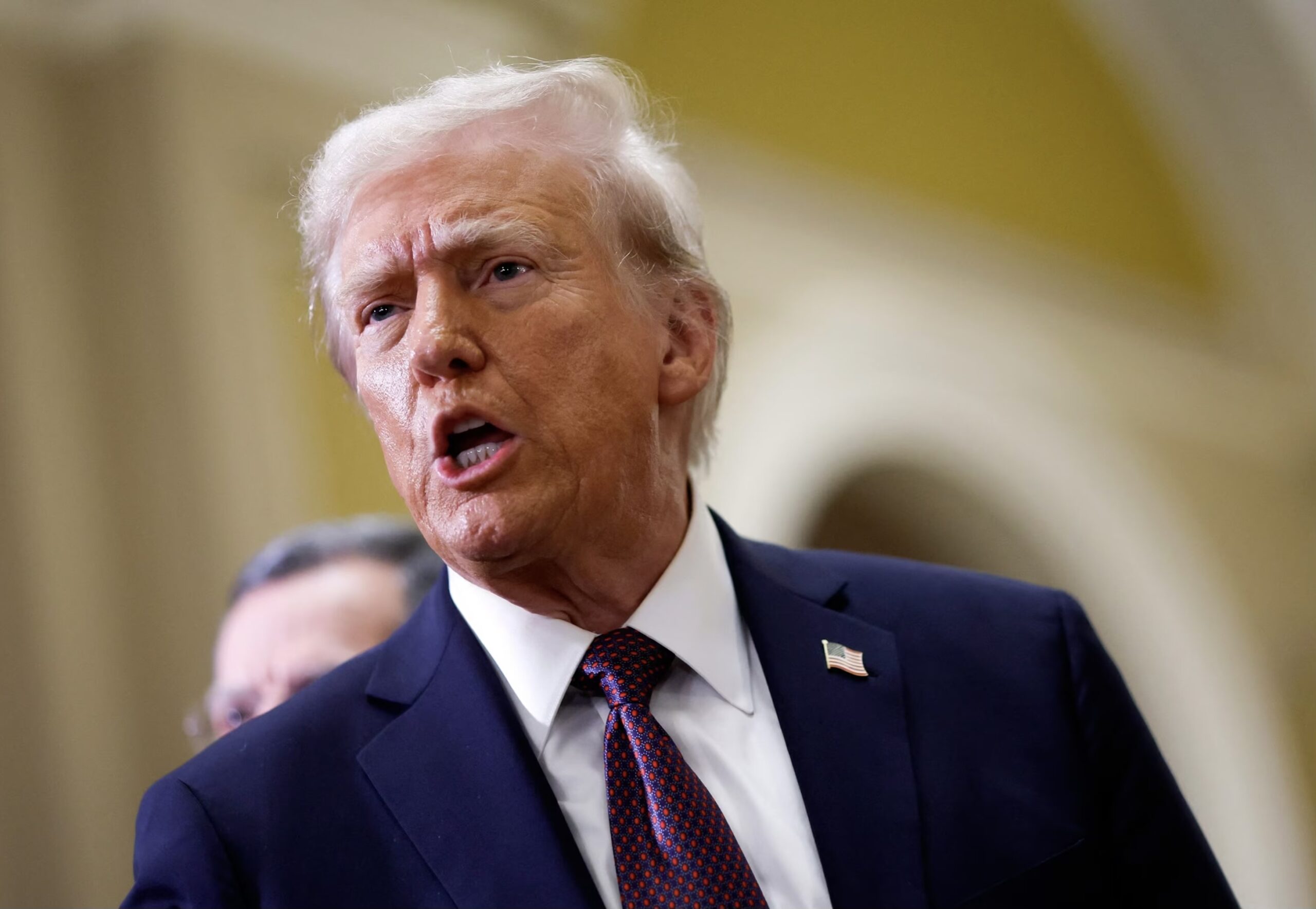Democrats Outraged by Trump’s Bold New Executive Order—All Is Exposed Now!
President Donald Trump has once again stirred national conversation with his latest executive order, aimed at restricting taxpayer dollars from funding programs that may encourage illegal immigration. Signed late Wednesday, the executive order mandates that federal and state funds be reserved for American citizens rather than used to support individuals who have entered the country illegally. In a significant shift that has sparked political debates, Trump’s directive outlines clear guidelines to ensure taxpayer resources are not used in a way that may attract new illegal immigrants.
The key provision of the order is to limit federal and state programs that allocate funds in ways that could be seen as incentivizing illegal immigration. Trump’s administration emphasized that the primary focus must be on assisting American citizens, particularly those who are most vulnerable, including veterans and individuals with disabilities. The order makes it clear that safeguarding the well-being of American citizens should be the administration’s foremost priority. “My Administration will uphold the rule of law, defend against the waste of hard-earned taxpayer resources, and protect benefits for American citizens in need,” the executive order reads. A fact sheet from the White House further elaborates that the administration is committed to ensuring that public benefits are reserved for individuals who are legally entitled to them.
This order arrives amidst growing concerns regarding the financial burden of illegal immigration. Reports suggest that over the past three years, illegal immigration has cost taxpayers a staggering $451 billion. This figure is largely driven by the increased numbers of migrants crossing the border, especially following policies enacted by the Biden-Harris administration. Estimates suggest there may be as many as 11 million undocumented individuals residing in the U.S. today. The Federation for American Immigration Reform claims that this order could save taxpayers as much as $182 billion annually by cutting costs related to housing, feeding, and providing benefits to illegal immigrants and their families.
Supporters of the executive order argue that these savings would help redirect resources to programs that support American citizens, particularly those in need. Critics, however, point out that despite restrictions in place through the 1996 Personal Responsibility and Work Opportunity Reconciliation Act, many illegal immigrants ultimately become eligible for federal benefits after residing in the U.S. for several years. Trump’s order seeks to close this loophole, ensuring that taxpayer dollars go only to those who are legally qualified for assistance.
The executive order also takes aim at “sanctuary” policies, which have been a point of contention for years. While some liberal-leaning cities, such as New York and Philadelphia, have resisted identifying as sanctuary cities, other leaders, like Denver Mayor Mike Johnston, have vowed to protect undocumented individuals from federal deportation efforts. Trump’s order is a direct challenge to these sanctuary policies, asserting that they undermine the rule of law and compromise the welfare of American citizens.
In a direct response to former President Joe Biden’s policies, the White House fact sheet strongly criticizes the previous administration for allegedly enabling illegal immigration by directing taxpayer funds to left-wing groups that aided in mass migration and provided legal representation to challenge deportations. “President Trump has delivered on his promise to secure the border and prioritize the needs of American citizens,” the fact sheet declares. This executive order reflects a shift in how federal resources will be allocated, with a stronger focus on ensuring that these funds directly benefit American citizens.
For Trump’s supporters, the move represents a victory in his ongoing commitment to securing the border and protecting American workers. They believe the policy will reduce the financial strain on the U.S. economy and help restore fairness to the country’s social programs. On the other hand, critics warn that this hardline stance may create unintended consequences, including the possible withdrawal of critical services for at-risk populations, such as children and elderly citizens, and could further strain relationships between federal and state governments.
The full impact of this executive order remains to be seen. Will it lead to a more efficient allocation of taxpayer funds, ensuring that resources are focused on Americans in need? Or will it result in greater legal challenges and political resistance from those who view these actions as overly restrictive and harmful to vulnerable communities? The order has certainly brought immigration funding into the public eye once again, ensuring that the debate will continue to evolve in the courts and within the halls of Congress.
